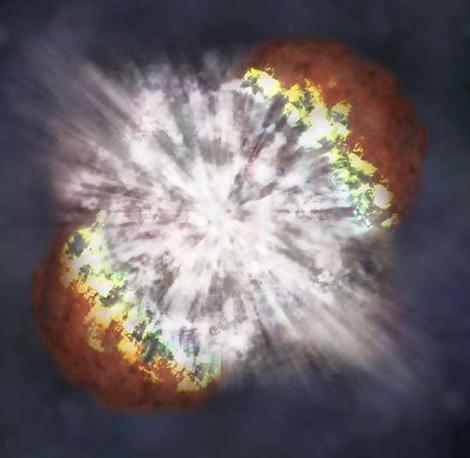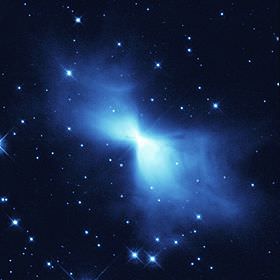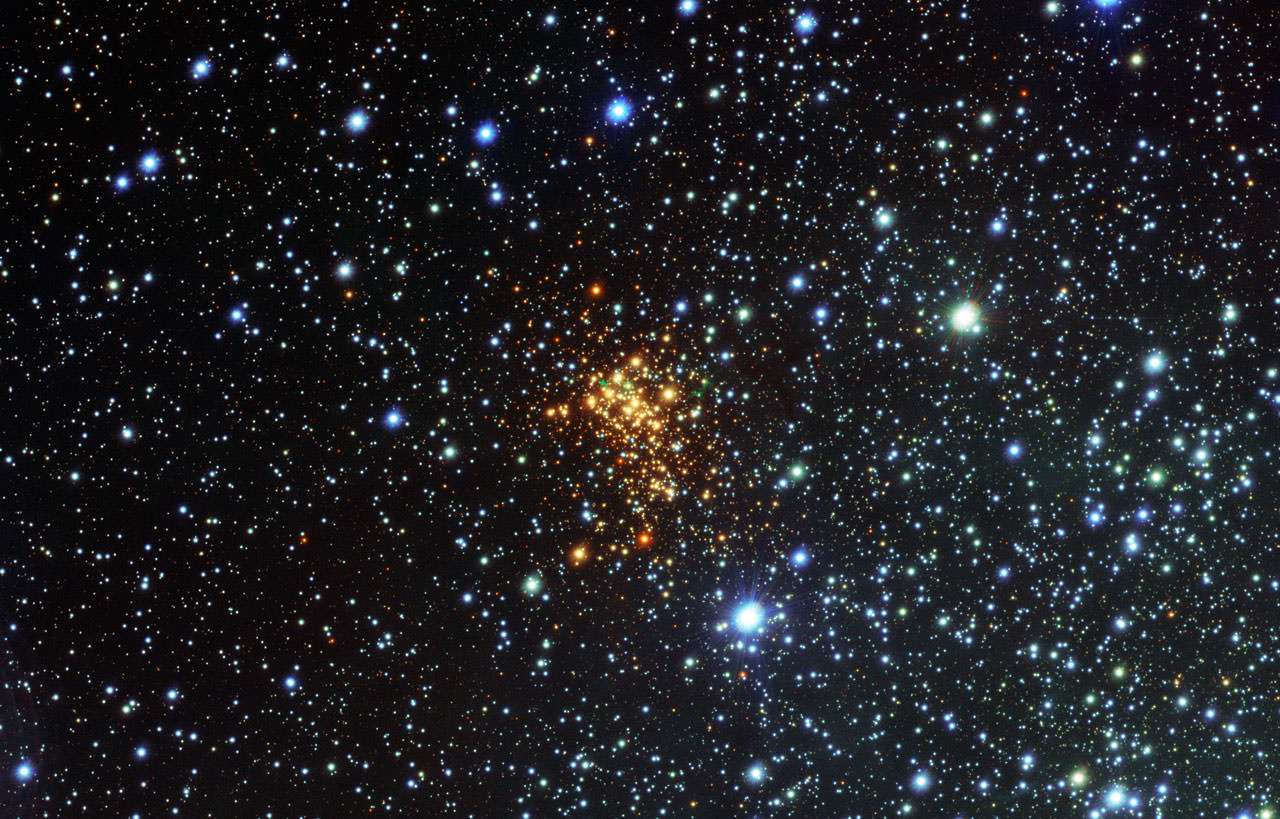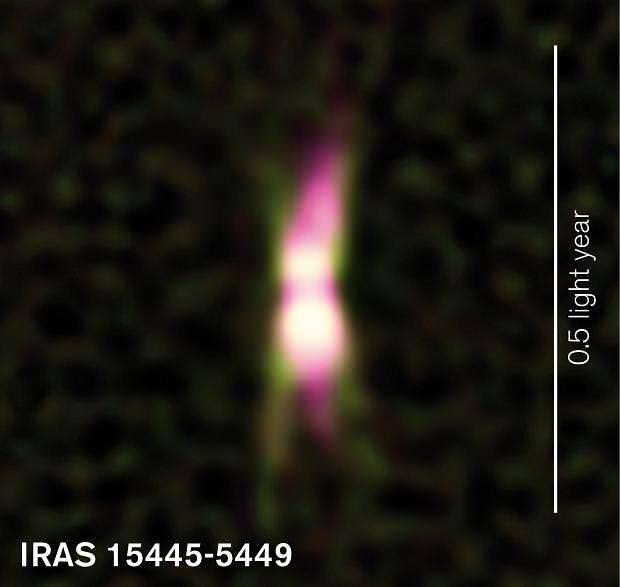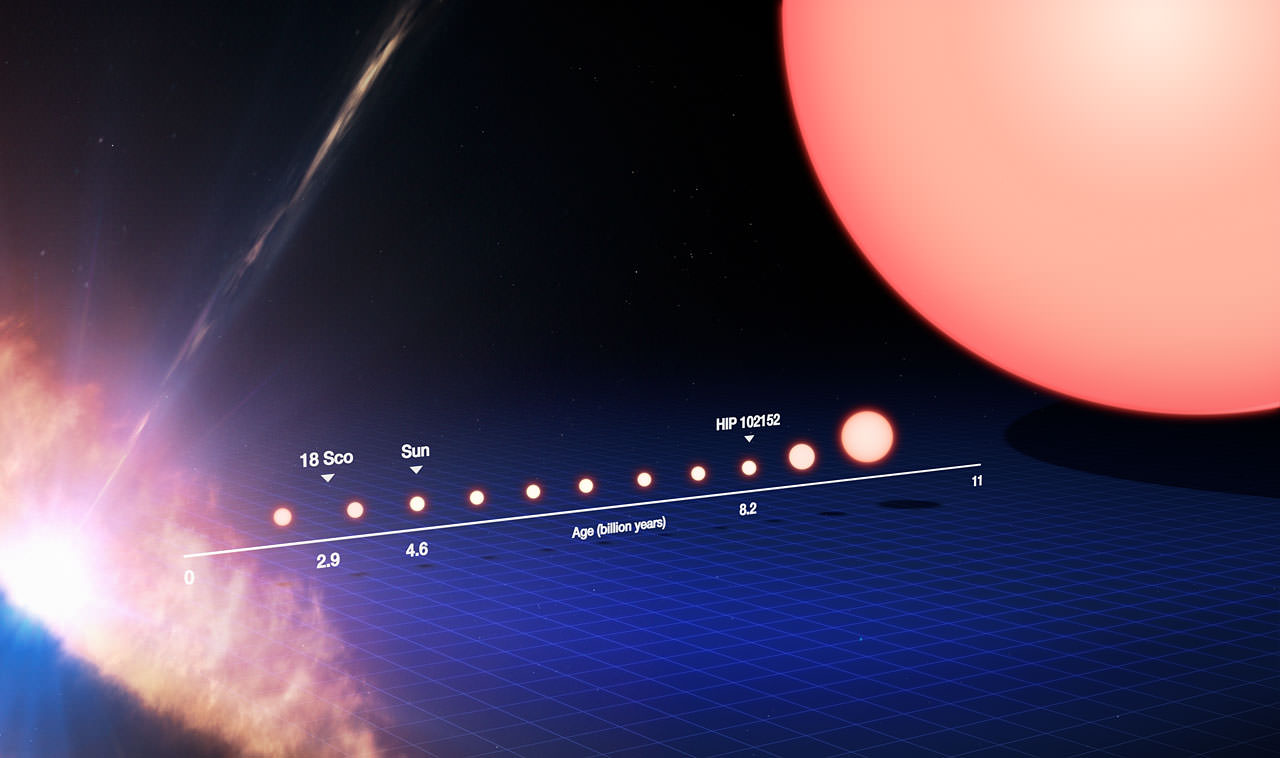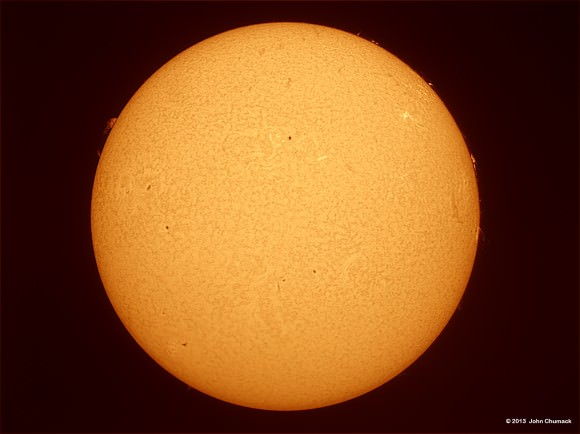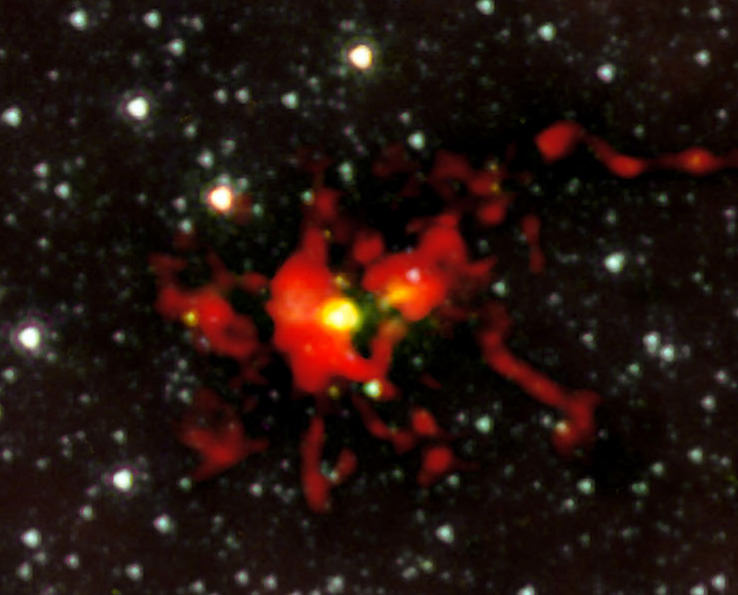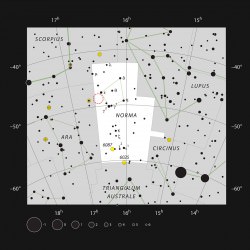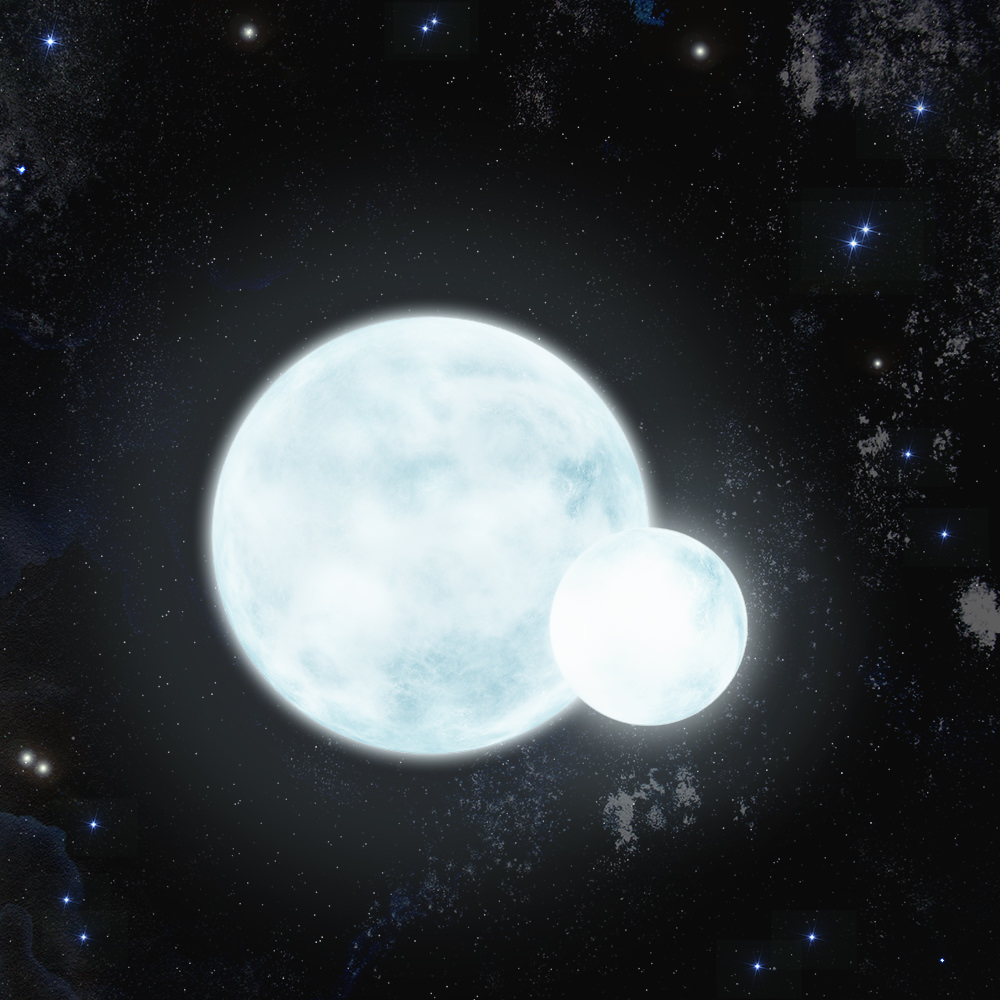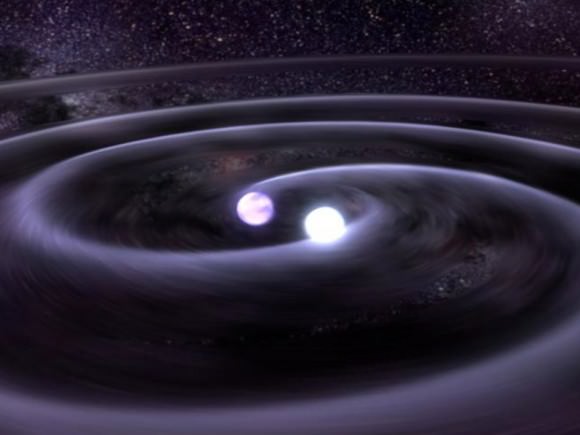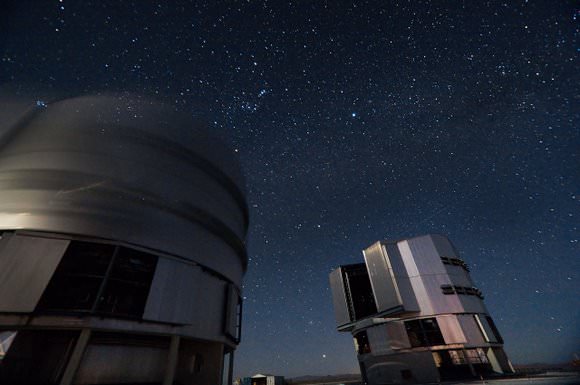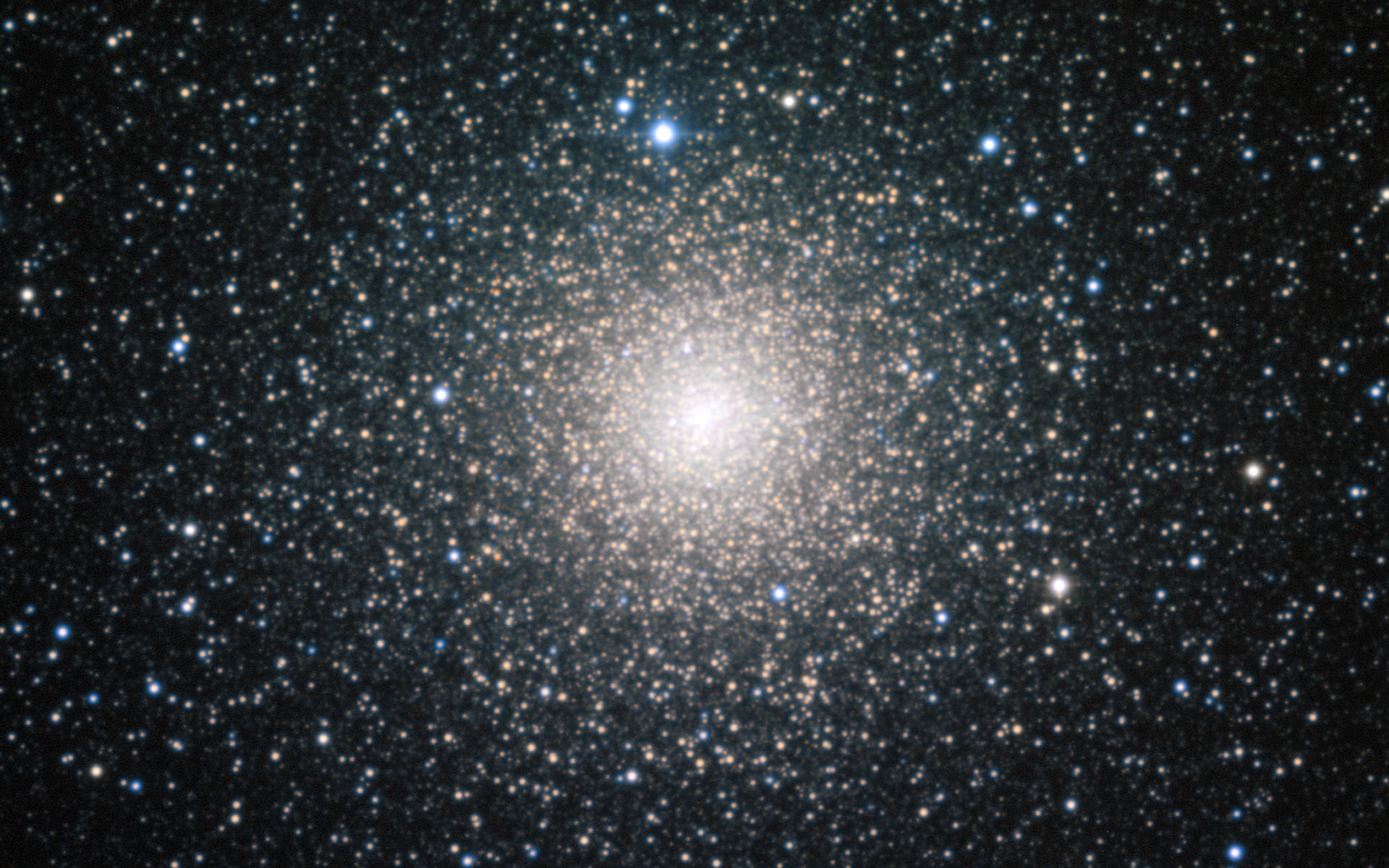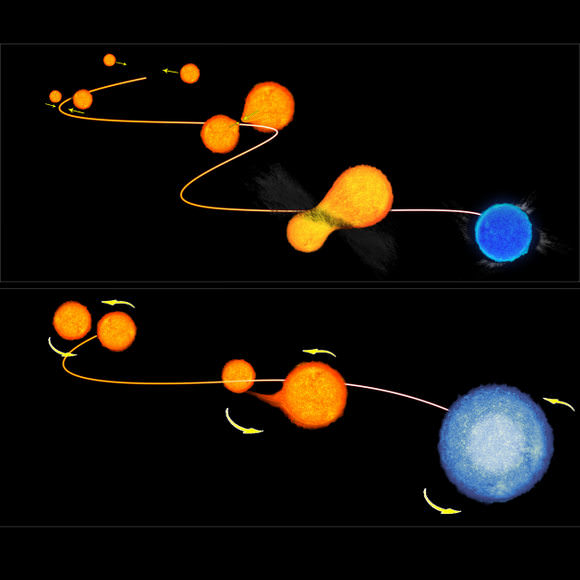An exploding star in our home galaxy might be visible to Earth in the next 50 years, astronomers say in a new calculation of the odds of a nearby supernova.
This explosion would be too faint to prove a hazard to Earthlings, and in fact it may not even be visible with the naked eye in the starry sky. Its heat signature, however, would be seen in the right kind of camera as long as we could swing a telescope there fast enough.
“For [researchers], this study suggests that they have a solid chance of doing something that’s never been done before: detect a supernova fast enough to witness what happens at the very beginning of a star’s demise,” wrote Ohio State University in a press release about the research, which was led by university astronomer researcher Scott Adams.
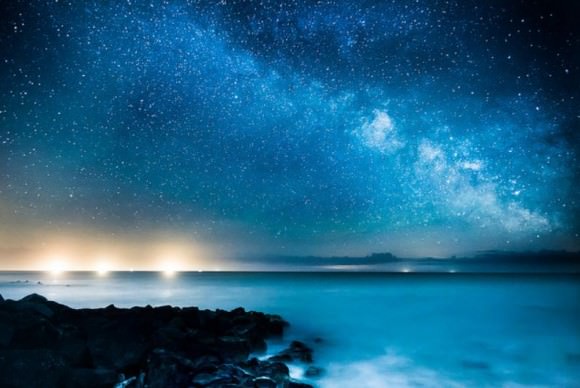
The challenge with observing a supernova in our own galaxy is the presence of cosmic dust that can sometimes obscure supernovae and other phenomena from our view. However, infrared light is not as badly affected by this and may be able to see something through the obscurity.
To jump on the supernova as it is happening, the scientists propose having a network in place to send out neutrino alerts when these particles, which would arrive at Earth first after an explosion, are detected on Earth. The key is to figure out the difference between neutrinos from space and neutrinos from other sources, such as nuclear reactors, the sun or even spurious glitches.
A University of Tokyo group led the building of a model of a new kind of neutrino detector, a model that is now operating underground in Japan. Called EGADS (Evaluating Gadolinium’s Action on Detector Systems), the water in the system would be “spiked” with a bit of gadolinium, which would reportedly assist with neutrino detections from outside of Earth.
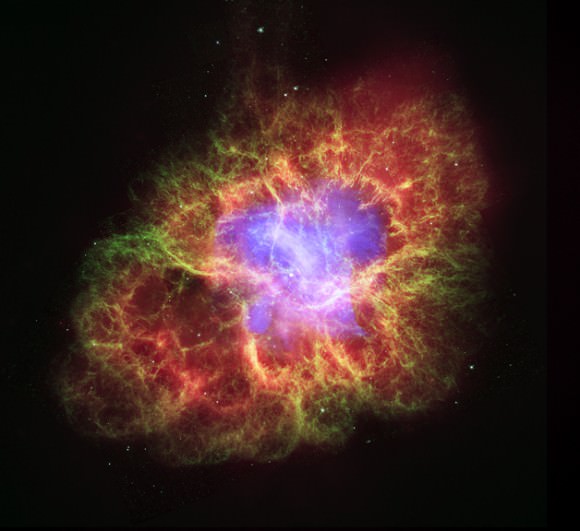
“When a neutrino from a Milky Way supernova enters the tank, it can collide with the water molecules and release energy, along with some neutrons,” Ohio State added. “Gadolinium has a great affinity for neutrons, and will absorb them and then re-emit energy of its own. The result would be one detection signal followed by another a tiny fraction of a second later—a “heartbeat” signal inside the tank for each detected neutrino.”
But what about a naked-eye supernova? The researchers say the probability of that is just 20% to 50% in the next century, with southern hemisphere residents having a better chance since more of the galaxy is visible there. The last instance of this happening, by the way, was in 1604.
The research paper is available now on prepublishing site Arxiv and will soon be published in the Astrophysical Journal.
Source: Ohio State University
Correction: This article has been changed to remove a reference to Ohio State University in the EGADS collaboration.

